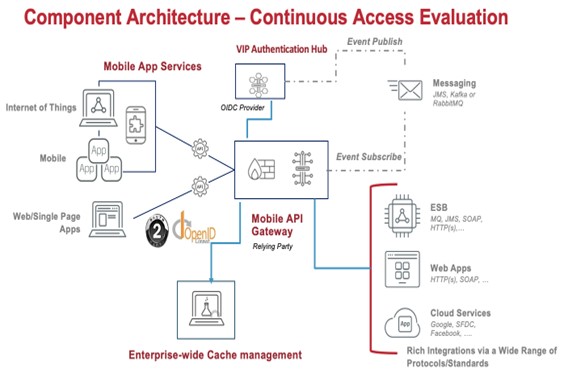Achieving an identity-centric security model is no small feat. The composable enterprise needs to be secured across multiple clouds, while providing end-users with delightful experiences, yet still maintain high levels of assurance. Oh yea… it has to scale too. This presentation shares lessons learned from our journey towards automating the distributed enforcement of access control rules, and how leveraging a symbiotic relationship between identity management and runtime API security infrastructure enables an identity mesh that spans across applications.










